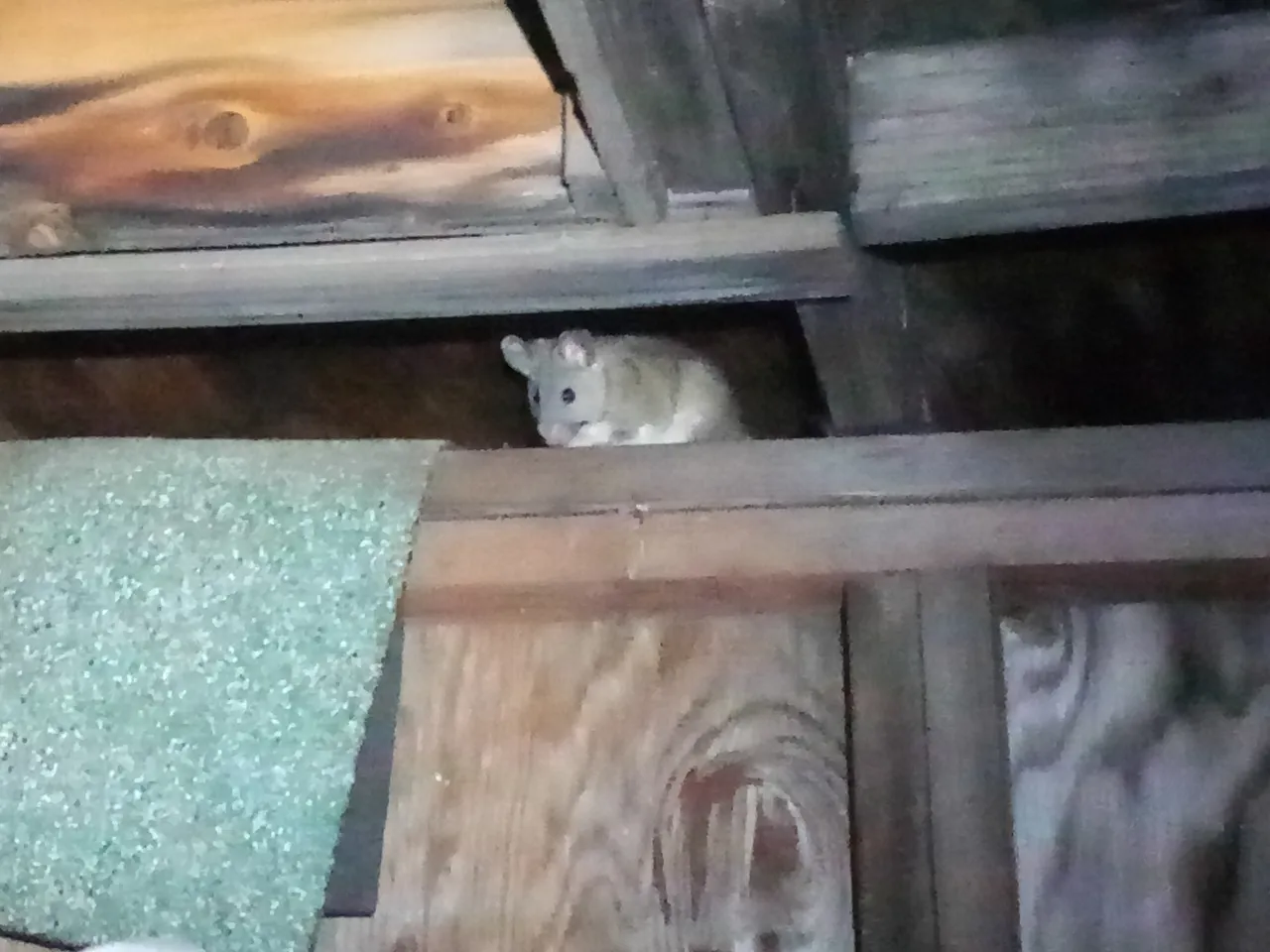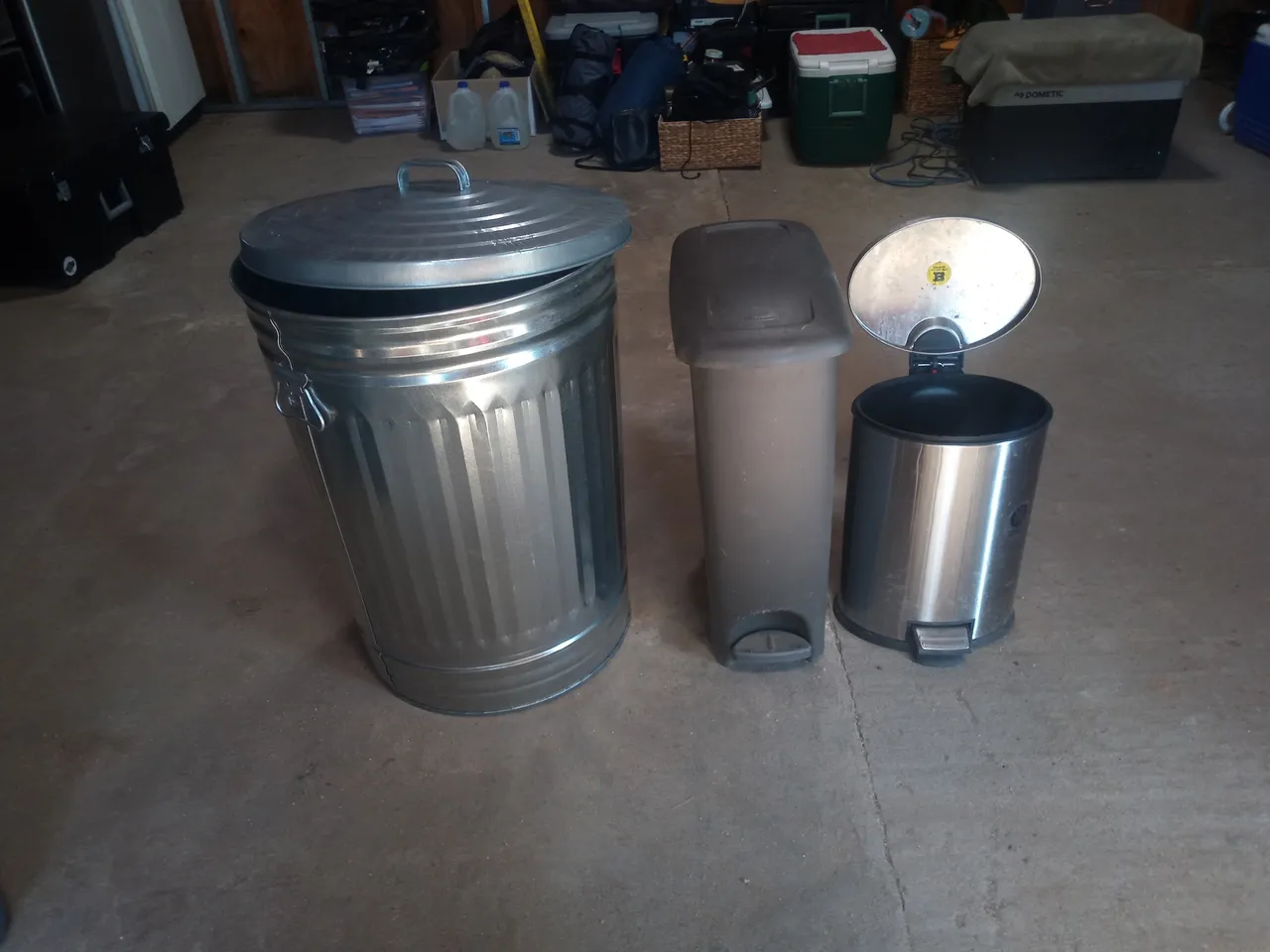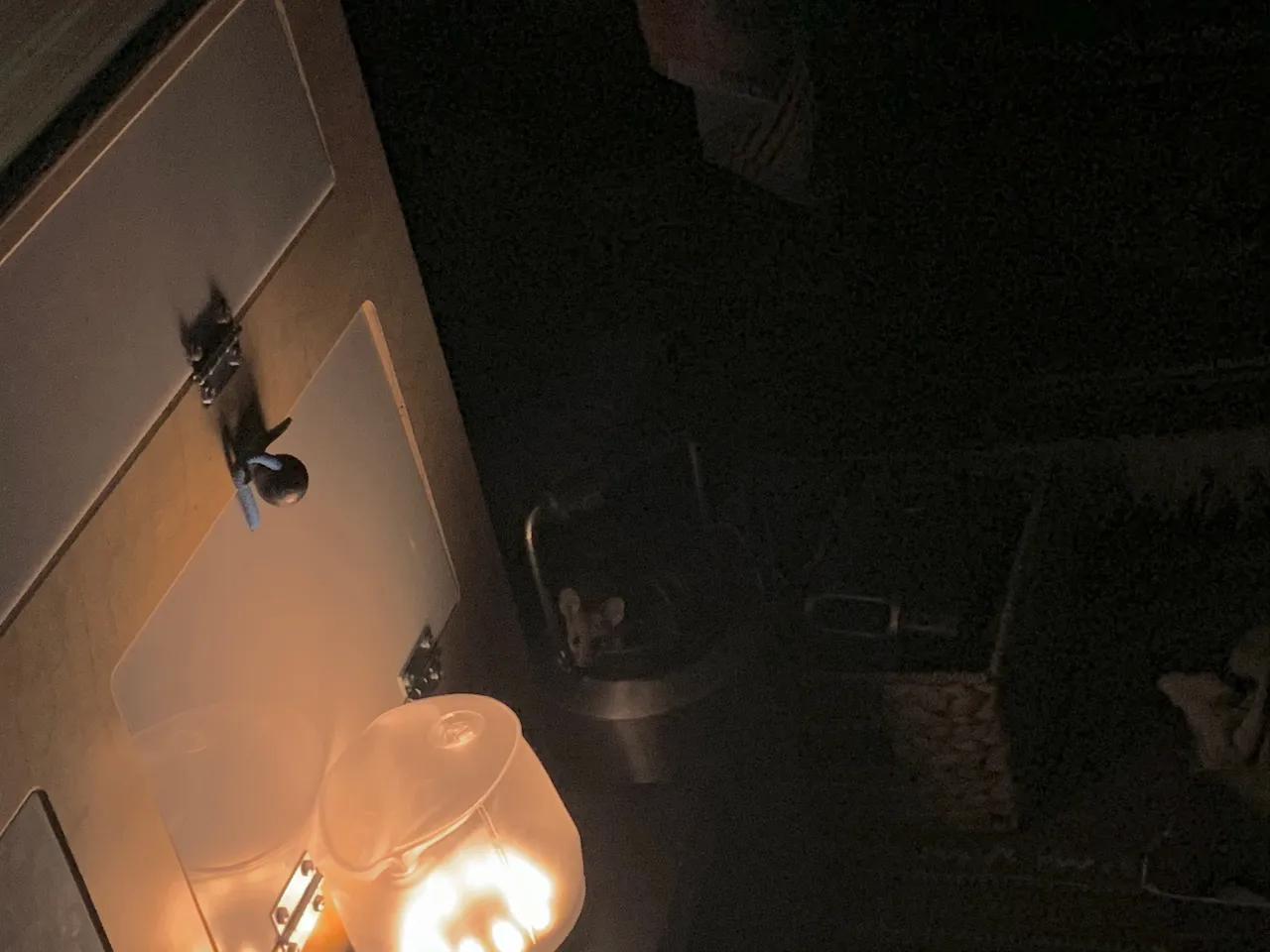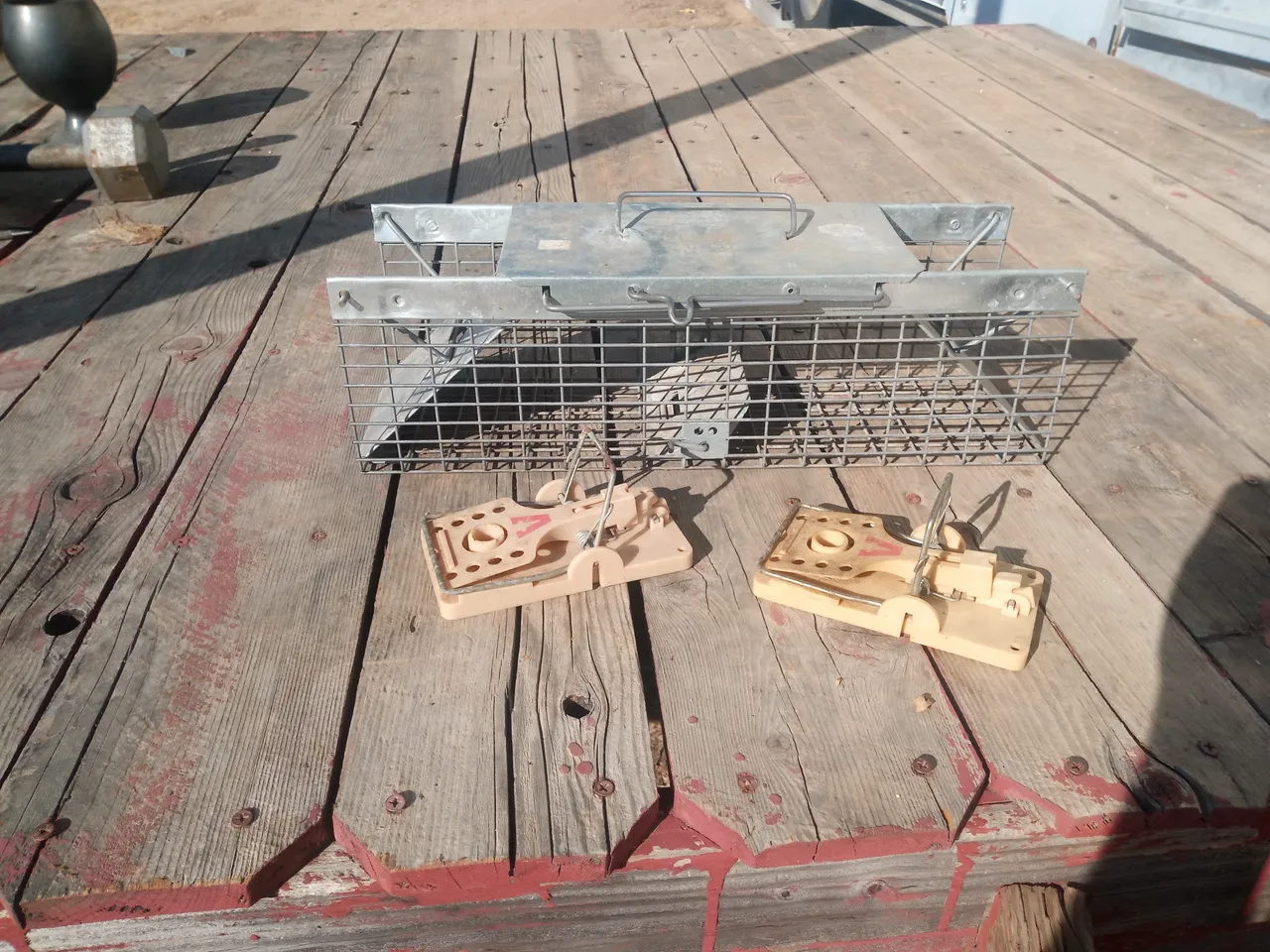Ever since I came out to this property I have been confronted with one seemingly endless task: cleaning up the piles of garbage, junk, waste, and trash that had accumulutaed over many years. It seems like the people who lived here previously never got around to taking their trash out! As a result, many tiny critters moved into the workshop, the cabin, and the RV, to make their nests: big heaps of wool, chewed-up styrofoam and other insulation material, as well as leaves, sticks, and cactus pieces. (How cozy!) As we were clearing out these nests we learned that it is mainly the wood rat who is responsible for building them. After a while I even managed to capture a photo of one. Isn't he (or she) just adorable?

A Friendly Desert Rodent
Unlike their bare-tailed cousins, these rats are adapted to life in the deserts of the southwestern US, know how to find water, and prefer eating cactus shoots to our modern food, and they don't bite. What makes them a big nuissance, however, is their constant quest for nesting material, which has earned them the name packrat. And yes, they simply LOVE the range of modern material we keep bringing out into their desert. This is why my friend Diana was so upset when she discovered one in her camper-van!
Getting to Know the Little Visitor
As much as she has a heart for animals of all types, Diana's first concern was getting the rat out o her van. "Sometimes you just gonna have to shoot 'em to cut their numbers down!" was the advice of our friendly neighbor, verifying the stereotype of the redneck sitting on her porch in a rockin chair, unloading her shotgun at everything that moves. Still, Diana was not ready to take the little intruder's life. Just get him out of the van...
Capture the Rat
Following an advice she found online, she set up an empty trash bin in her van, with a bit of peanut butter on a piece of cardboard in the bottom. The idea was that the rat would climb in, but would be unable to jump out. That's when we would take him for a bit of a ride, and release him somewhere far away.

As it turned out, he did go inside, nibbled on the bait, then jumped out effortlessly, and even posed for Diana to grab her phone and take a picture of him. Then he walked past the open door, looked out, but decided against leaving. Later on he could be seen coming and going back and forth through the wheel-well. Who needs doors if there are many neat tunnels around?

Trial and Error
So, the logical conclusion was to try a bigger bin, then an even bigger one, but to no avail. Wood rats apparently can jump up to three feet high! So now we have given up on the bin plan, and are looking at other humane ways of trapping him. In the meantime he got himslef a name: Roger (the Lodger).

Thankfully, among the piles of junk here we found a number of traps: we're still not ready for the cruel snap-traps, but there is a old Have-a-Heart to trap the rodent alive. That will be our next step. Hopeully by tomorrow morning little Roger will have caught himself in it. Then we'll drive him down to the Mexican border fence, located only a few miles from here. With a bit of luck Roger can continue his existence as Rodrigo the Mexican Rat!
If You're Interested, Here Are the Other Posts I Wrote During My Time on the Stone Turtle Property:
Introduction to Stone Turtle
The Natural Building Project I Started
Mysteries of Stone Turtle - The Lay of the Land
A Natural Venue for Performing Arts
An Encounter with a Local Woodrat
Wildlife on the Property
About the Stuff Found Among the Trash
Two of the Most Prominent Trucks on the Site
Tackling The Garbage Challenge
All the Cool Pics on Stone Turtle